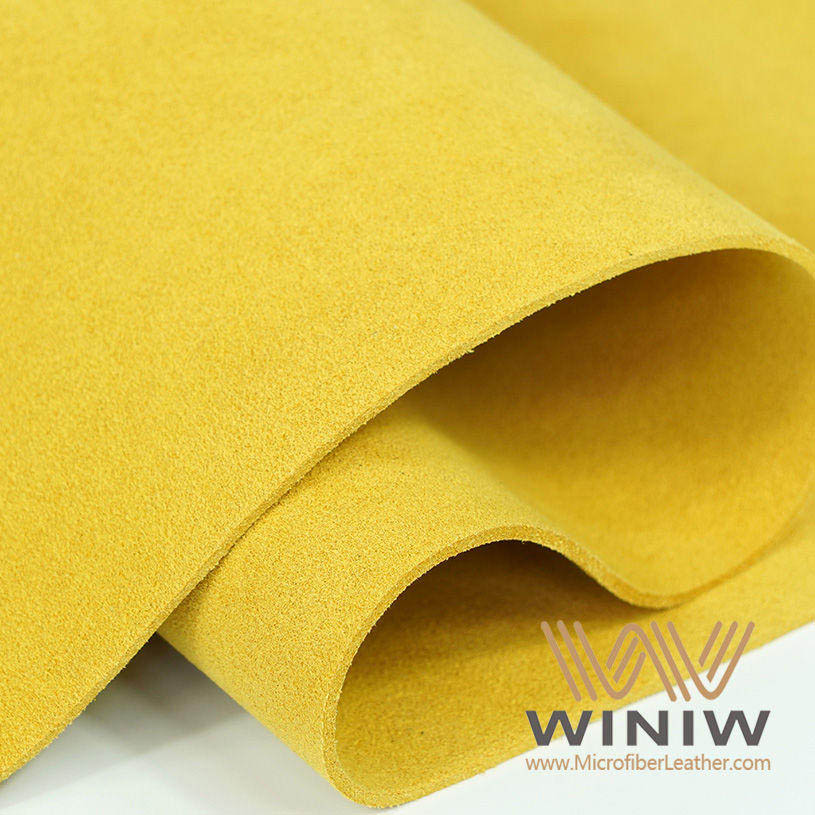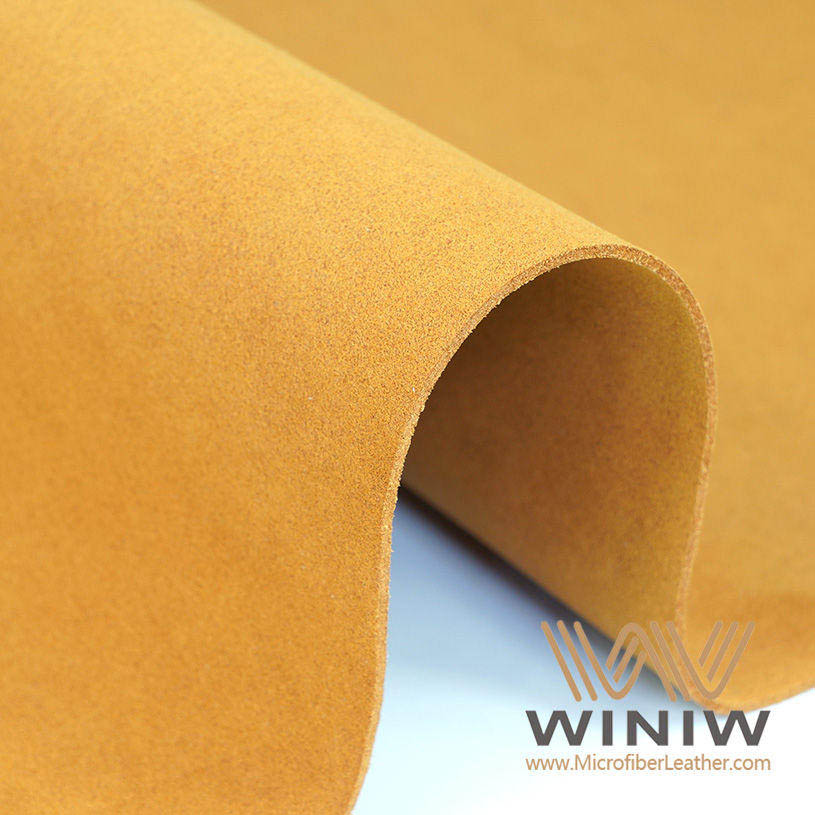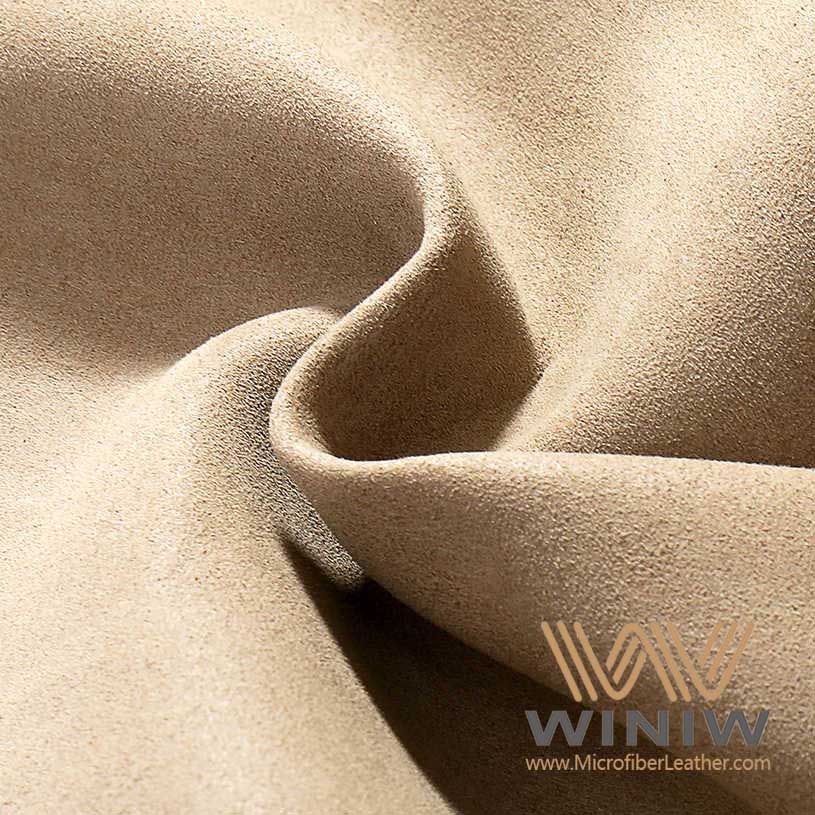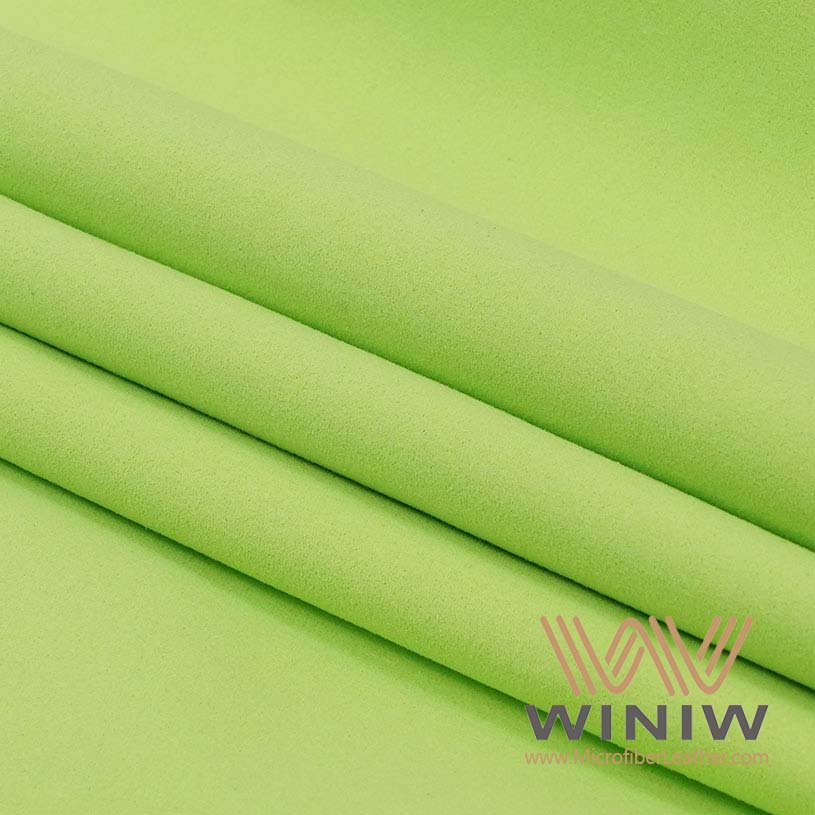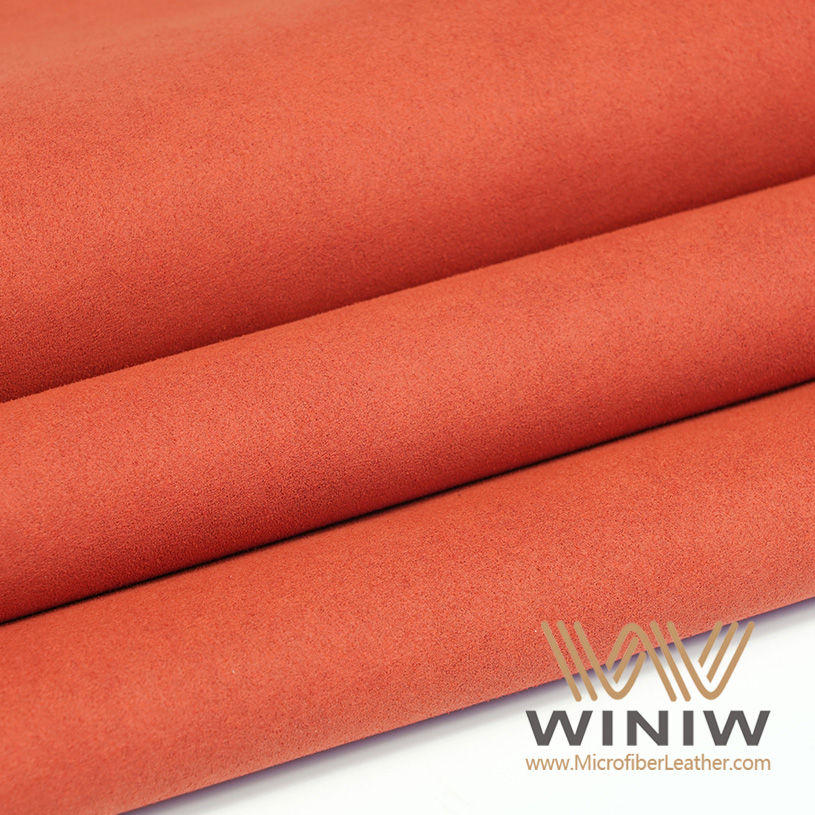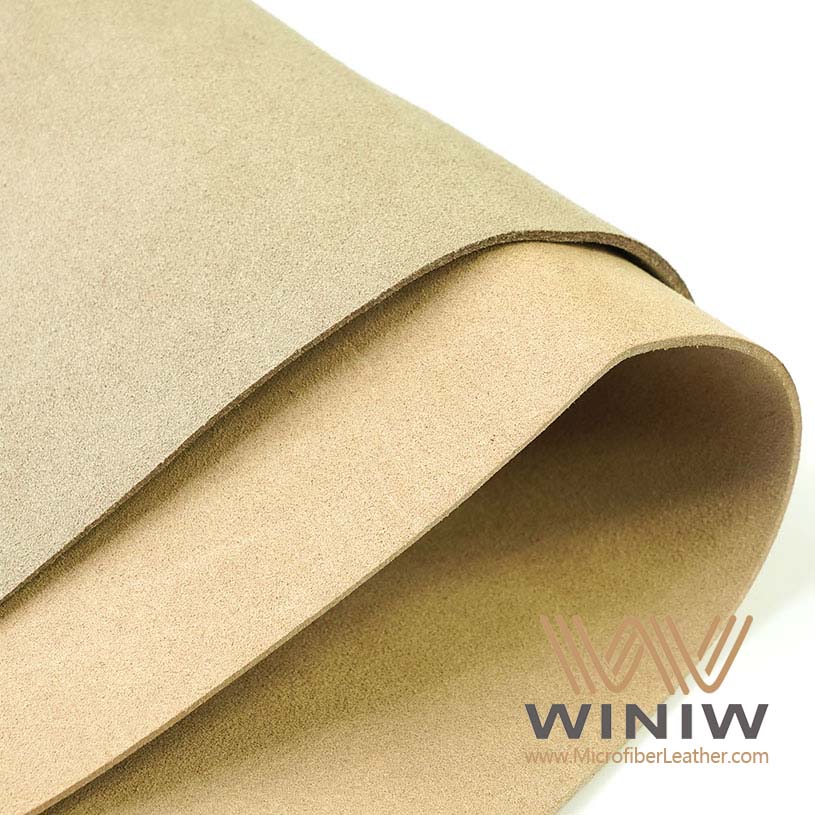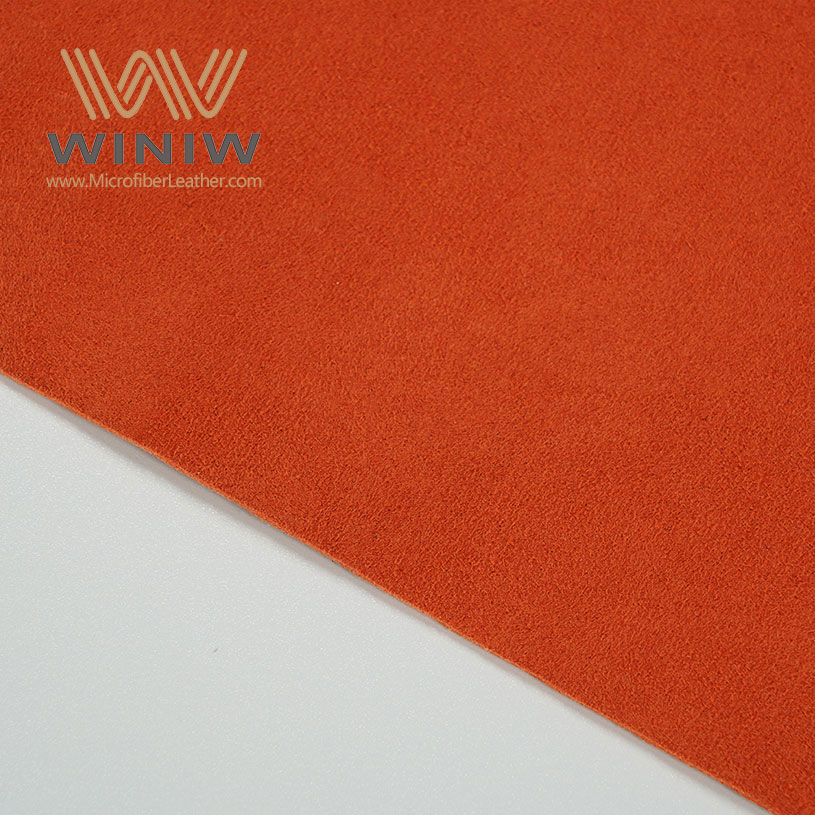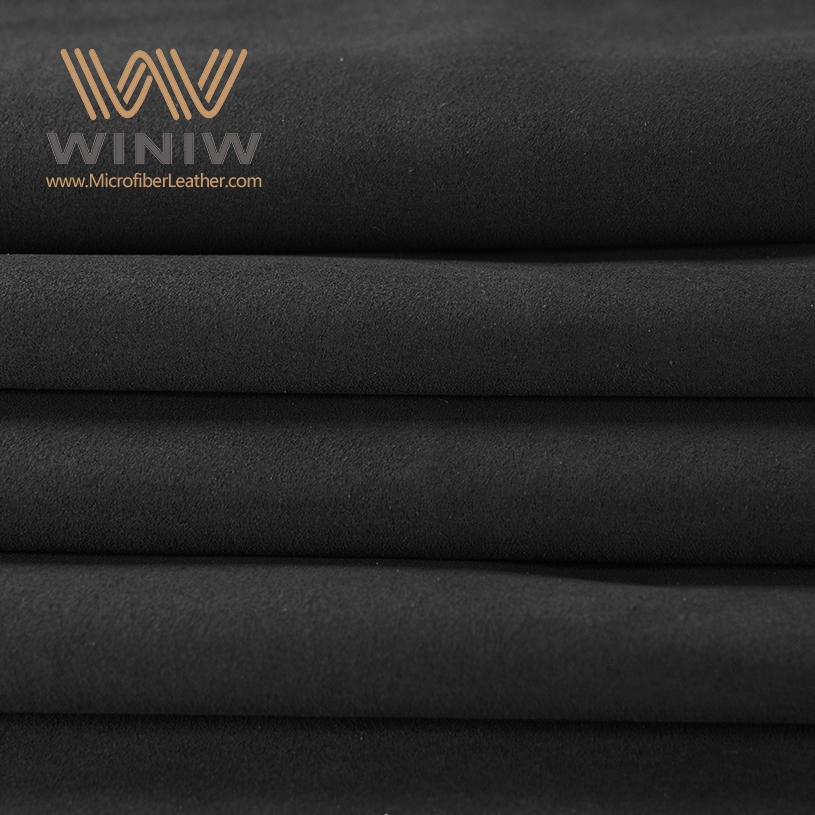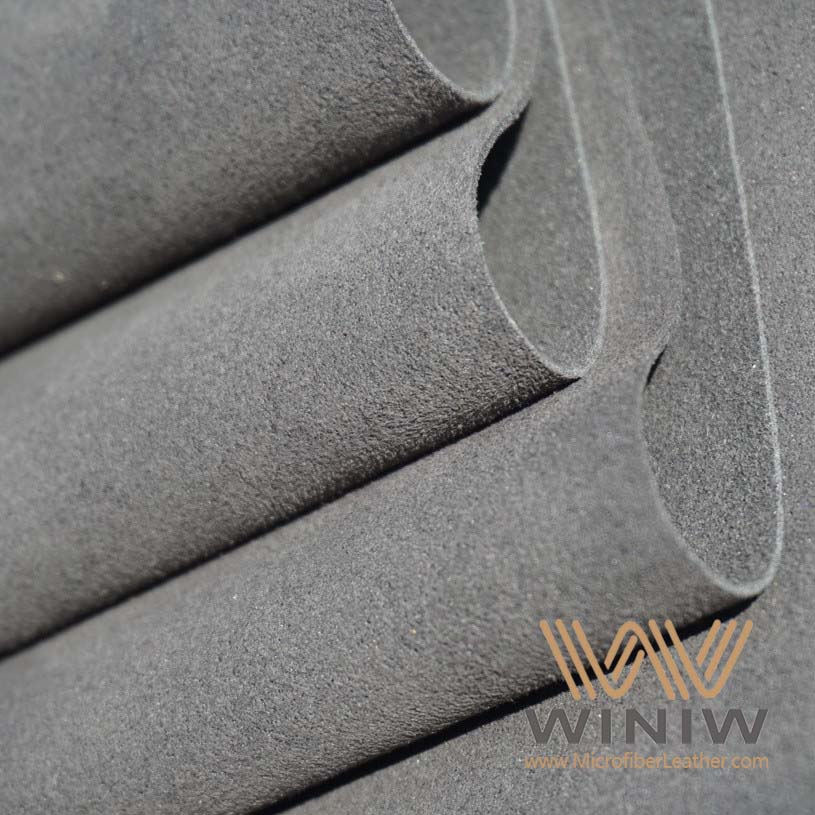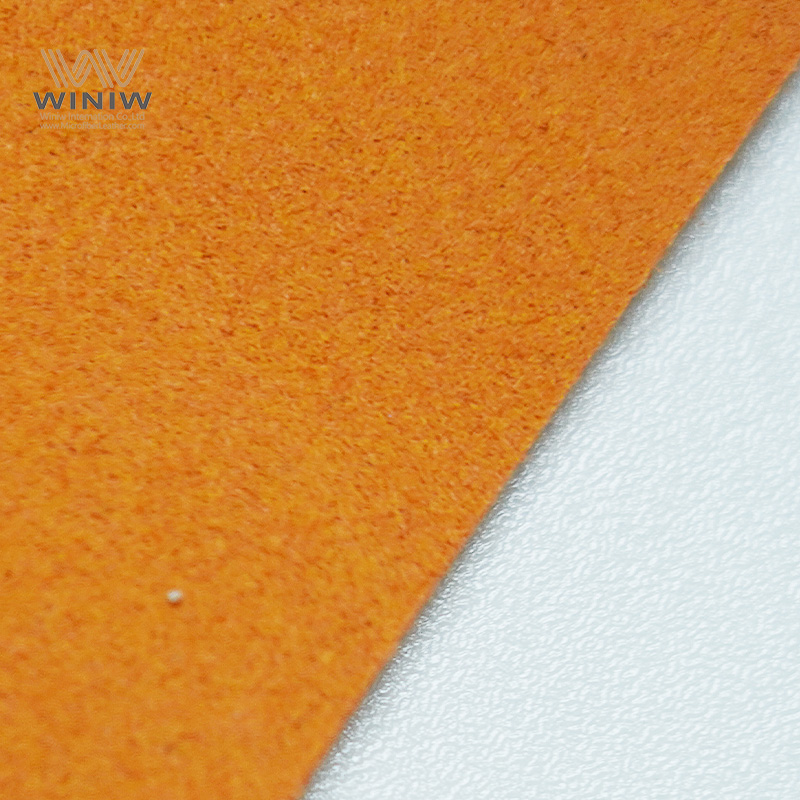
I often see shoppers ask about faux microsuede and real suede. Faux microsuede is a synthetic fabric that looks like suede but uses no animal products. I notice the price difference stands out.
Feature | Genuine Suede | Faux Suede |
|---|---|---|
Average Cost | $15 – $30/yard | $5 – $15/yard |
Faux microsuede feels soft, cleans easily, and fits many budgets. I choose it when I want easy care and animal-free options.
Faux Microsuede versus Real Suede What Sets Them Apart
Faux microsuede is a budget-friendly, animal-free alternative to real suede, making it ideal for those who prioritize affordability and ethical choices.
Faux microsuede is easier to clean and maintain than real suede, making it a practical option for families and busy lifestyles.
Real suede offers a luxurious feel and breathability but requires more care and comes at a higher price, making it suitable for investment pieces.
What Is Faux Microsuede?
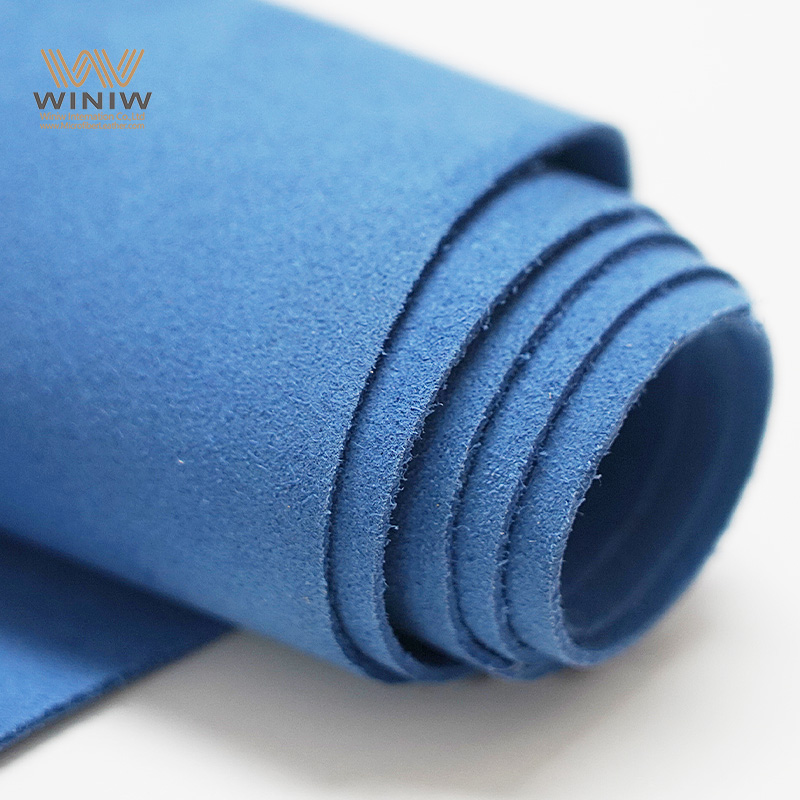
Faux microsuede stands out as a synthetic fabric that closely mimics the look and feel of real suede. I often choose it because it offers a soft, velvety texture without using any animal products. This fabric is both cruelty-free and affordable, making it a popular choice for many households and businesses.
Faux Microsuede Materials
When I look at faux microsuede, I notice it uses a blend of synthetic fibers. The main materials include:
Polyester, which gives the fabric strength and helps it keep its color over time.
Polyacrylic and nylon, which add softness and flexibility to the fabric.
These fibers work together to create a surface that feels smooth and plush, much like natural suede.
Faux Microsuede Manufacturing
The process of making faux microsuede differs from real suede. Manufacturers weave or knit the synthetic fibers into a base fabric. They then brush and finish the surface to achieve that signature suede-like texture. This method avoids animal hides entirely. I appreciate that this process not only keeps the fabric animal-free but also makes it easier to clean and maintain.
Faux microsuede appears in many products I use every day. I see it on sofas, chairs, and cushions in living rooms. It also shows up in clothing like jackets and skirts, as well as accessories such as handbags and belts. Some people even use it for car upholstery and craft projects. Its versatility and easy care make faux microsuede a smart choice for busy lifestyles.
Faux Suede vs Real Suede: Key Differences
When I compare faux suede vs real suede, I notice several important differences that affect how I use and care for these materials. I want to help you understand these differences so you can make the best choice for your needs.
Appearance and Texture
I often start by looking at the surface and running my fingers over the fabric. Faux suede and real suede both offer a soft, inviting feel, but they are not identical.
Feature | Faux Microsuede | Real Suede |
|---|---|---|
Texture | Slightly smoother and more uniform | Deep, rich nap with natural variation |
Feel | Soft, velvety nap | Natural, varied texture |
Quality faux suede has a soft, velvety nap that closely mimics real suede.
Real suede feels more natural and has unique variations in texture.
If faux suede feels plasticky, I know it is likely lower quality.
When I want a consistent look, I choose microsuede. If I prefer a more natural, luxurious texture, I go with real suede. I always run my fingers over both to check for smoothness and evenness.
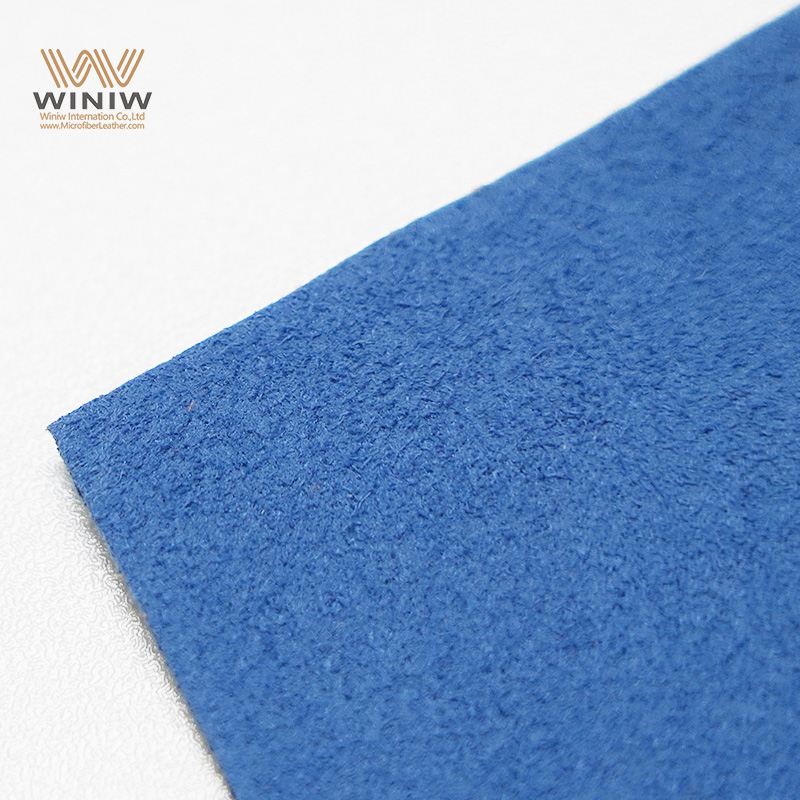
Durability and Maintenance
Durability and cleaning are big factors in my decision between faux suede vs real suede. I find that microsuede stands up better to daily life, especially in busy homes.
Material | Average Lifespan |
|---|---|
Faux Microsuede | 2 to 10 years |
Real Suede | Lifetime (decades) |
Material | Durability in High-Traffic | Maintenance Needs | Stain Resistance |
|---|---|---|---|
Faux Suede | Strong | Easy | Resists spills |
Real Suede | Delicate | Requires care | Prone to stains |
Microsuede is more water resistant and resists rips and fading better than real suede.
Faux suede is easier to clean. I vacuum it weekly, spot clean with mild soap and water, and use a soft brush for deep cleaning.
Real suede needs more care. I use a suede brush, blot stains gently, and often need professional cleaning for deep stains.
Faux suede resists spills and stains, making it ideal for families and pet owners.
Real suede absorbs stains quickly and can be damaged by water or oils.
If I want a low-maintenance option, I pick faux suede. For a long-lasting, classic look, I might choose real suede, but I know it will need more attention.
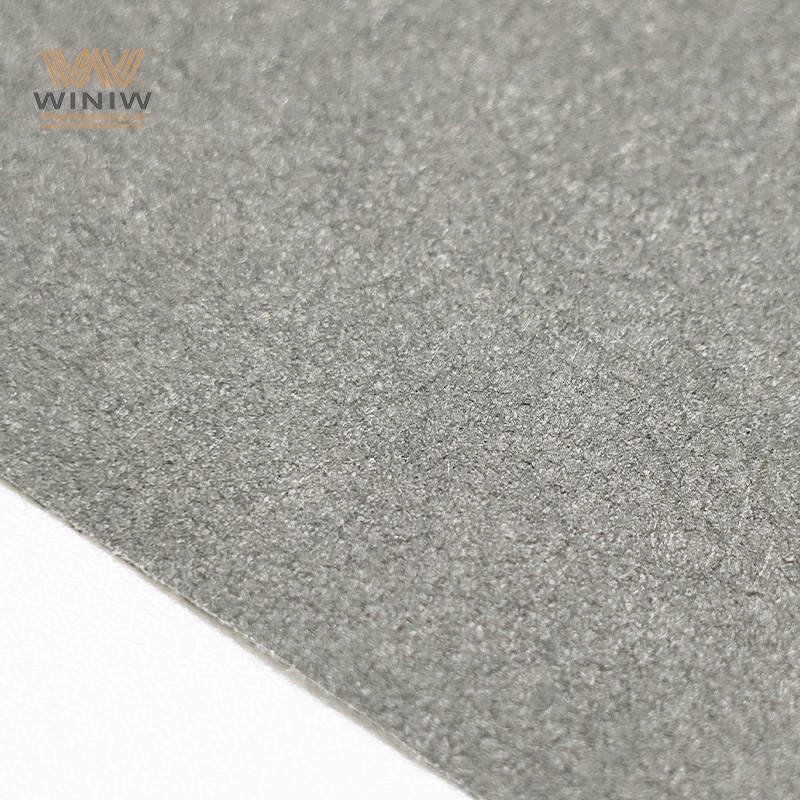
Cost and Value
Price often plays a big role in my choice between faux suede vs real suede. Faux suede usually fits my budget better, especially for large projects or furniture.
Material | Price Range |
|---|---|
Faux Microsuede | $14.98 - $18.99 per yard |
Real Suede | Significantly higher |
Faux suede fabric can cost as little as $14.98 per yard.
Real suede is much more expensive, often costing double or more.
If I want the look of suede without the high price, I choose microsuede. For investment pieces or luxury items, I might consider real suede, but I always weigh the extra cost.
Ethical Considerations
Ethics matter to me when I shop for materials. Faux suede vs real suede raises important questions about animal welfare and the environment.
Faux suede is made from synthetic fibers, sometimes using recycled materials. This makes it more sustainable and reduces plastic waste.
Real suede production uses animal hides and requires large amounts of water and chemicals. The process can pollute water and has a high carbon footprint.
Animal welfare organizations support faux suede because it avoids animal suffering. Real suede comes from animals, which raises ethical concerns about their treatment.
When I want an animal-free, eco-friendly choice, I pick faux suede. If I choose real suede, I try to buy from brands that use responsible sourcing and tanning methods.
Tip: If you care about animal welfare or want to reduce your environmental impact, faux suede is the better option.
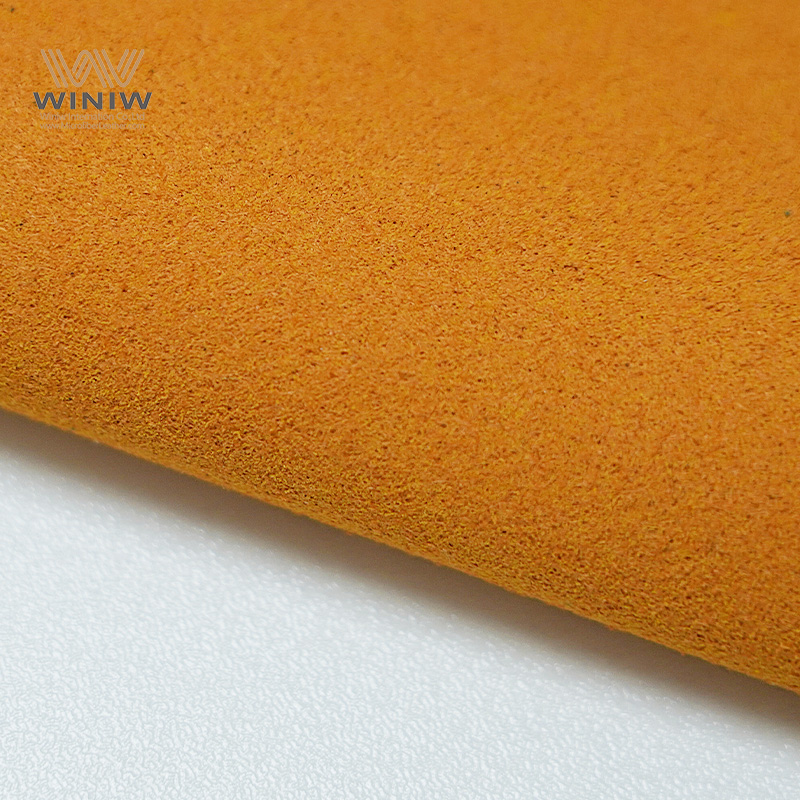
Comfort and Air Circulation
Comfort is another key difference I notice between faux suede vs real suede. I pay attention to how each material feels during long periods of use.
Material | Breathability | Comfort Level |
|---|---|---|
Real Suede | Naturally breathable | Comfortable for all-day wear |
Faux Suede | Less breathable; traps heat | May cause discomfort |
Real suede allows air to pass through, keeping me cool and comfortable.
Faux suede tends to trap heat and moisture, which can feel uncomfortable, especially in warm weather.
Microsuede can generate static electricity, attracting dust and pet hair. This may trigger allergies in sensitive people.
Both faux suede and real suede can collect dust, so I clean them regularly to avoid allergic reactions.
If I want maximum comfort and breathability, I choose real suede. For easy care and allergy concerns, I lean toward faux suede, but I make sure to clean it often.
Note: If you have allergies or live in a hot climate, consider how each material handles air and dust before making your choice.
When I compare faux suede vs real suede, I look at appearance, durability, price, ethics, and comfort. I choose microsuede for easy care, affordability, and animal-free living. I pick real suede for luxury, breathability, and a classic look, but I know it needs more care and comes at a higher price. Think about your lifestyle, budget, and values before deciding which material fits you best.
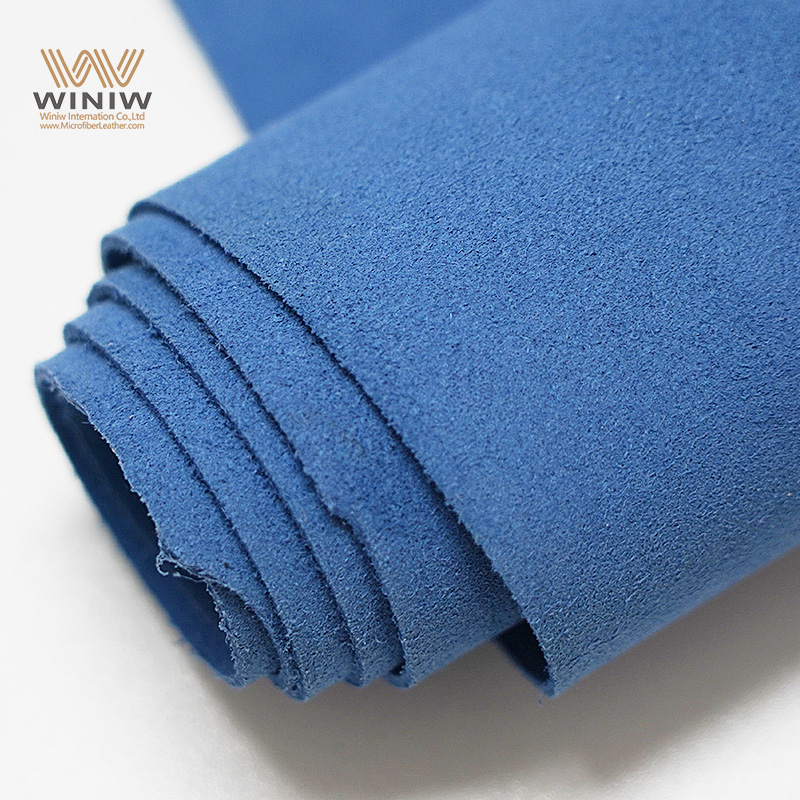
Difference Between Microsuede and Microfiber
When I shop for upholstery or clothing, I often see both microsuede and microfiber options. Many people ask me about the difference between microsuede and microfiber. I find that understanding this difference helps me choose the right fabric for my needs.
Material Composition
I notice that both microsuede and microfiber come from synthetic fibers, but their construction sets them apart. Microsuede is a type of microfiber, but it goes through a special brushing process to mimic the look and feel of real suede. Microfiber, on the other hand, refers to any fabric made from tightly woven polyester or nylon strands.
I like how microsuede feels soft and plush, while microfiber offers a smoother surface. The difference between microsuede and microfiber often comes down to texture and appearance.
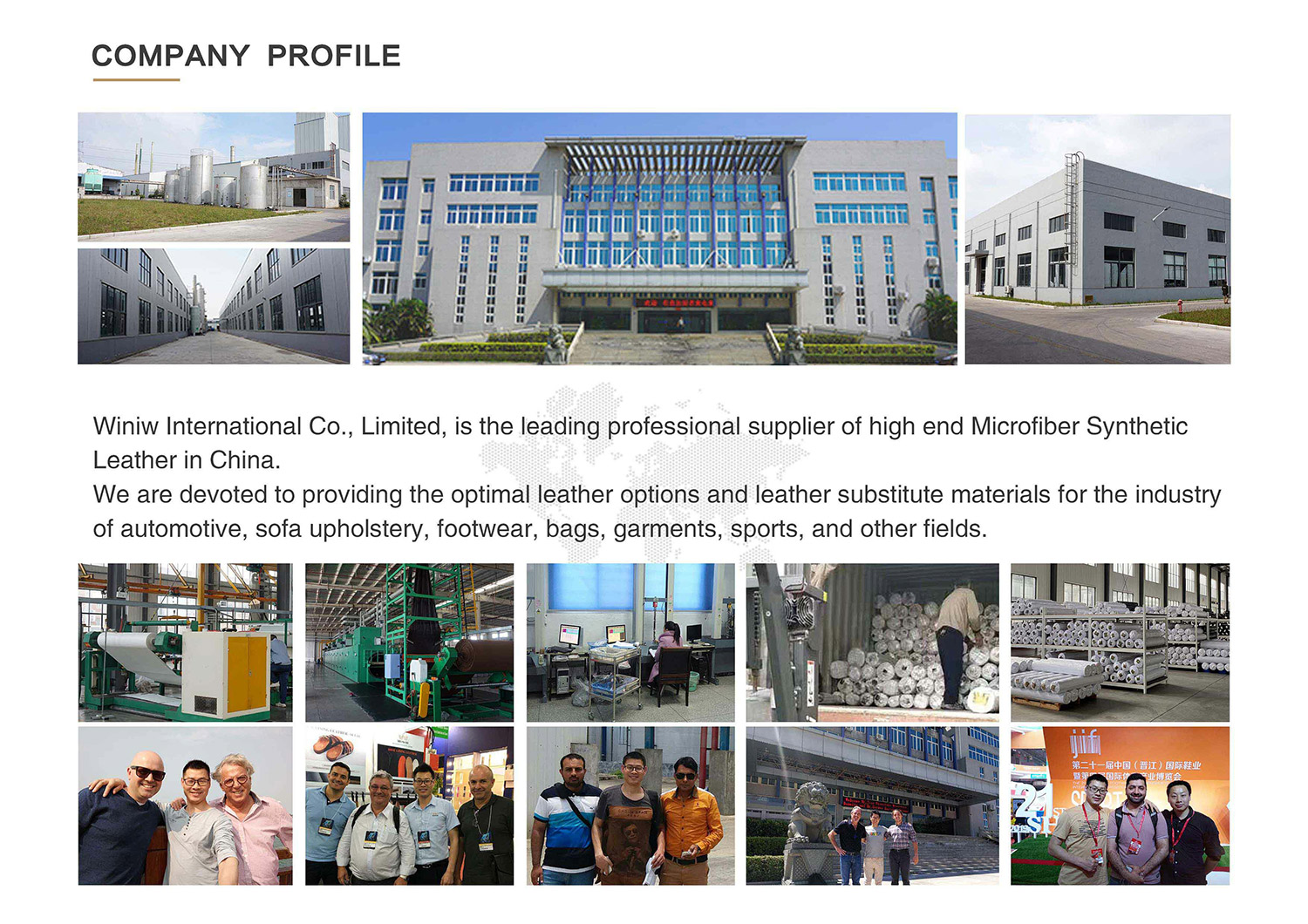
FAQ
What makes microsuede different from other faux suede fabrics?
I notice that microsuede uses ultra-fine fibers, which create a softer feel than most faux suede fabric. This makes microsuede stand out among other faux suede options.
Can I clean faux suede material at home?
I clean faux suede fabric at home using a vacuum and mild soap. I avoid harsh chemicals. Microsuede responds well to gentle cleaning, which keeps the faux suede material looking fresh.
Is microsuede a good choice for people with allergies?
I find that microsuede resists dust and pet hair better than many fabrics. Faux suede fabric attracts less debris, so I recommend it for allergy-prone households.



